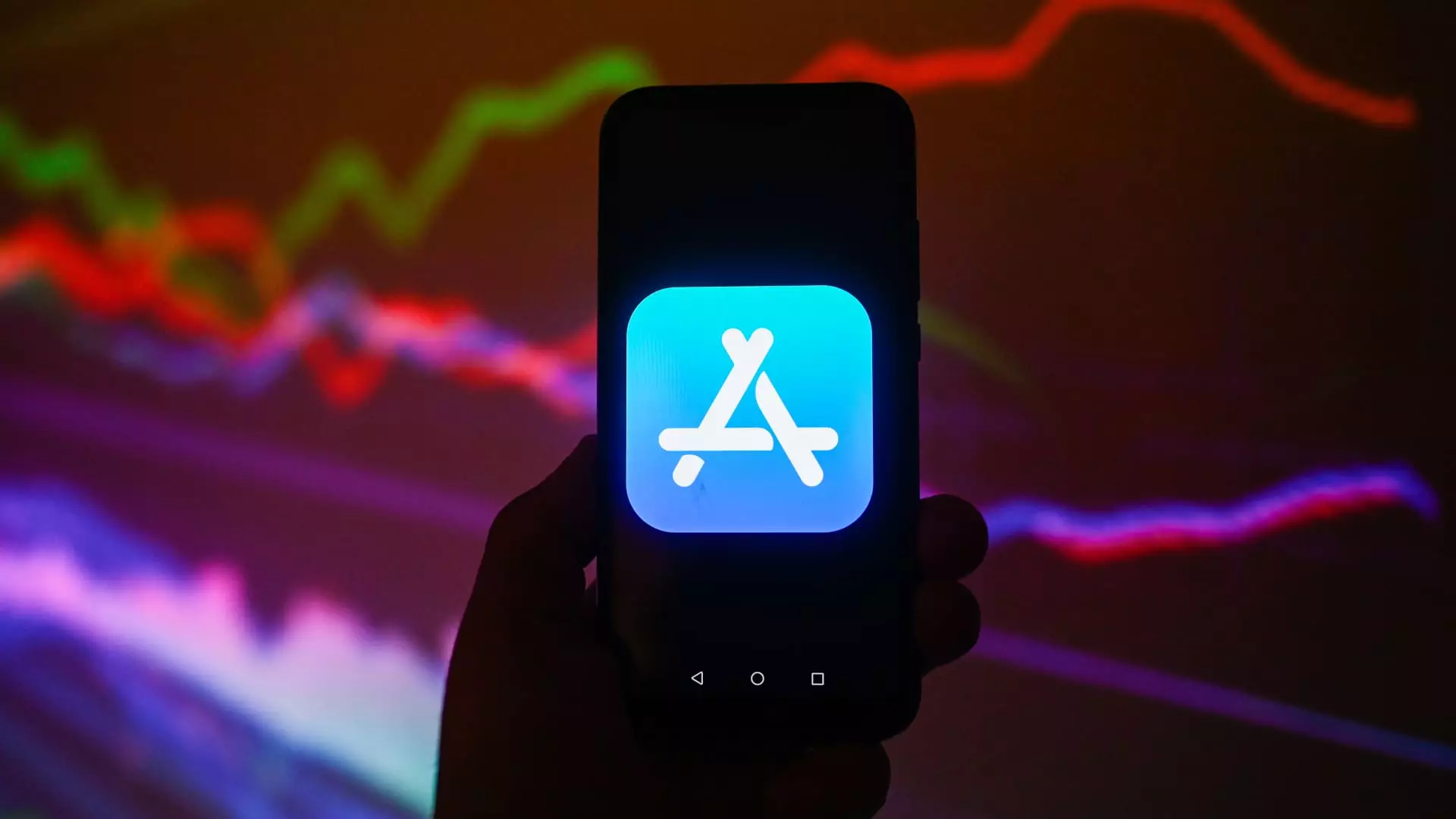Apple Inc. has been at the forefront of technological innovation for decades, but recent trends indicate that the company’s flagship iPhone may be reaching a saturation point. While the smartphone giant grapples with these challenges, it has successfully pivoted towards its burgeoning services division, significantly boosting its profit margins. This article explores the dichotomy between the stagnant iPhone sales and the thriving services sector and its implications for Apple’s future.
In Apple’s latest financial report for the first fiscal quarter, there are clear signals that iPhone sales are tapering off. The company experienced a slight dip of nearly 1% in year-over-year sales, particularly highlighting weakness in the Greater China market, a crucial region for Apple. This downturn can be attributed to various factors, including market saturation, increased competition, and changing consumer preferences. As more consumers hold onto their devices longer, the demand for new iPhones dwindles, putting pressure on Apple to find innovative ways to re-energize its flagship product line.
Despite these challenges, Apple’s overall revenue still saw a modest increase, rising approximately 4% to $124.3 billion. This disparity between the iPhone’s performance and Apple’s total revenue raises important questions about the company’s reliance on its most iconic product. The growing perception within the tech industry is that the iPhone may no longer be the sole driver of Apple’s success, necessitating fresh strategies to maintain its upward trajectory.
Contrasting the stagnation in iPhone sales is the robust performance of Apple’s services segment. With revenue climbing to approximately $26.34 billion, the services division now constitutes around 21% of total revenue. This growth is not merely a lucky break; it reflects Apple’s conscious strategic shift towards services such as App Store purchases, project advertising, AppleCare, and various subscription models. The services sector has, in fact, developed into a colossal $100 billion-a-year business.
CFO Kevan Parekh indicated that this services business is advantageous for Apple’s overall profit margin, having reached a record gross margin of 46.9%. This notable increase in margins, up from 46.6% last year, shows that while the iPhone may be hitting a plateau, the services arm is more than capable of maintaining and even enhancing profitability. Wall Street views this trend favorably, as the services model typically enjoys higher margins compared to hardware sales.
CEO Tim Cook’s narrative of transformation—one that emphasizes services over traditional hardware sales—has altered Wall Street’s perception of Apple. Historically, Apple’s premium branding in devices set a high standard for its financial metrics, often hovering around a gross margin of 38% to 39%. The recent shift to prioritize margins tied to services shows a strategic adaptation to changing market dynamics. Apple now finds itself in a position to potentially redefine its business model, favoring sustainability in profit growth over mere product sales.
Structured for long-term prosperity, Apple’s pivot not only widens its profitability but also consolidates its position in the market as a hybrid of technological innovation and high-margin services. An analysis from Argus favors this perspective, citing that Apple warrants a higher valuation compared to its historical averages, particularly as generative AI emerges as a focal point for future innovations.
Apple’s dual strategy of managing declining iPhone sales while nurturing a thriving services business creates a nuanced outlook for the company. As Apple transcends the traditional model that once defined it, the question remains whether the company can continue to innovate its product lines while leveraging its services to maintain profitability. This balancing act will be critical as Apple navigates a less predictable and increasingly competitive landscape. If successful, this approach will not only bolster its market position but also secure its long-term legacy as a titan of technology.

